
Laure Albin Guillot (née Meifredy) born 15 February 1879, was a French photographer. In addition to portraits of Paris celebrities, she covered a wide variety of genres and had a number of high-ranking positions.
Born Laure Maffredi in Paris, she attended the Lycée Molière in the 16th arrondissement. In 1897 she married Dr. Albin Guillot, a specialist in microscopy. Working from her studio at her home on Rue du Ranelagh, she published her first fashion photographs in the French edition of Vogue in 1922. The same year, she won a gold medal in a contest sponsored by Revue Francaise de Photographie.
Quickly recognised as a professional portraitist, she became a defender of the “psychological” portrait: her fellow photographer Emmanuel Sougez, the leader of “pure photography”, praised her sensitivity.
After her husband died in 1929, she moved to Boulevard de Beauséjour where she received the artistic celebrities of the day including Paul Valéry, Colette, Anna de Noailles and Jean Cocteau. In the course of the 1930s, she travelled widely to North Africa, Spain, Italy, Sweden and the United States. Her work was frequently published in the press while she participated in solo and collective exhibitions at home and abroad.
Guillot acted as a bridge between two generations of artists: the pictorialists, who wanted to correlate photography with painting, and, as from the 1920s, the Nouvelle Vision movement, a group of modern-minded photographers.
Laure Albin Guillot exhibited in the 1920s, adopting a classical approach or French style rather than the avant-garde trends of the day. But it was in the 1930s and 1940s that her work dominated the photographic scene. She covered a variety of genres, everything from portraits and nudes to landscapes, still lifes and, to a lesser extent, journalism. A master of technology, she made use of the very latest methods of image production, perfectly suited to the requirements of publication.
She photographed landscapes in a pictorialist style, achieving a faint and hazy blurredness with the Eidoscope and Opale lenses, and paying great attention to her prints by thoroughly researching photographic paper.
The artist’s work on nudes shows how cleverly she transitioned from a pictorialist to modern aesthetics. While she photographed female nudes in classical poses and compositions in the early 1920s, her work saw a formal evolution in its use of whites and framing between 1927 and 1934. She was also one of the only photographers of the 1930s to approach male nudes beyond the domains of sport and allegory. At the exhibition Portraits d’hommes [Male Portraits], Billiet-Vorms Gallery, Paris, in 1935, she presented audacious male nudes alongside classic portraits.
In 1931, she was the first in France to photograph decorative microscopic images which she called "micrographie" (micrography), combining science with visual art.
In addition to the exceptional quality of its prints and the “great evocative power” of its “abstract, regular and often geometrical compositions”, micrographie also elaborated, according to the photography historian Christian Bouqueret, “a new aesthetic vocabulary”.
The same year, she became president of the Union féminine des carrières libérales et commerciales, an organisation bent on supporting the interests of women in professional life. In 1932, she was appointed head of a number of key bodies, including the director of photographic archives for the Direction générale des Beaux-Arts, the first curator of the Cinémathèque nationale.
Throughout the 1930s, Laure Albin Guillot was fully involved in the Nouvelle Vision movement, alongside other photographers such as Germaine Krull and Florence Henri. As Bouqueret demonstrated, “advertising played a decisive part in the breakthrough of Nouvelle Photographie”. Albin Guillot took pictures with very clean-cut close-ups for Renault enterprises and Le Bon Marché department stores. She published Photographie publicitaire (1933), and in doing so was the first to defend this type of modern photography.
The first of her works combining photography with literature was published in 1936 when she illustrated Paul Valéry's Narcisse, the 14 male nude prints of which met with great success. Fragments de Narcisse was based on the myth of a beautiful young hunter who falls in love with his own reflection in a pond and is driven to suicide by the futility of his unrequited love.
She then worked with Pierre Louÿs (LesChansons de Bilitis, 1937), Montherlant, and illustrated Claude Debussy’s Preludes. She continued to publish further works from 1940 to 1944 during the German occupation.
In 1937, she organised the exhibition Femmes artistes d'Europe. After the Second World War, Albin Guillot continued to work as a portraitist at her studio on the Boulevard du Séjour until she retired in 1956 to the Maison Nationale des Artistes in Nogent-sur-Marne.
She died at the Hôpital Saint-Antoine in Paris on 22 February 1962. Her studio archive, comprising 52,000 negatives and 20,000 prints, now belongs to the city of Paris.
Reading Recommendations & Content Considerations
Le catalogue de l'exposition Suivi de: Amphion et Sémiramis
Collectif Paul Valéry








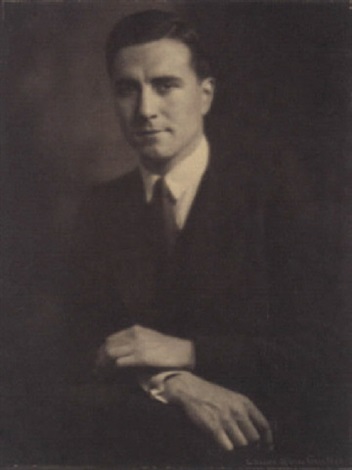









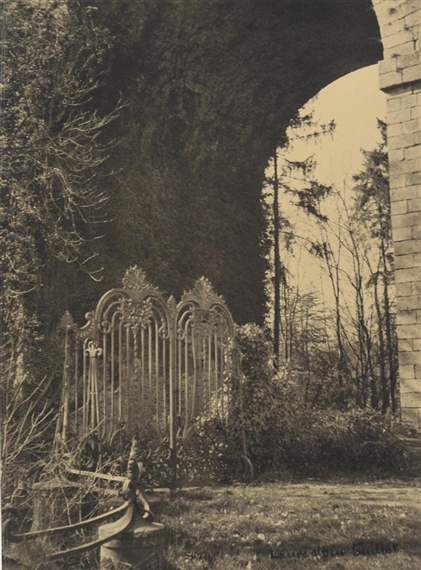







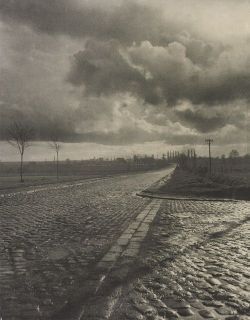



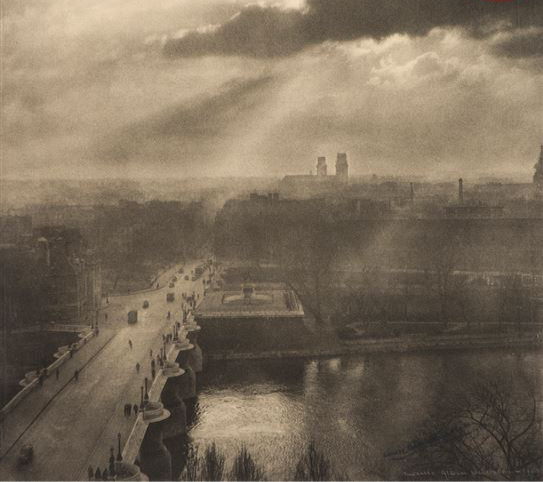













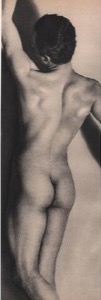









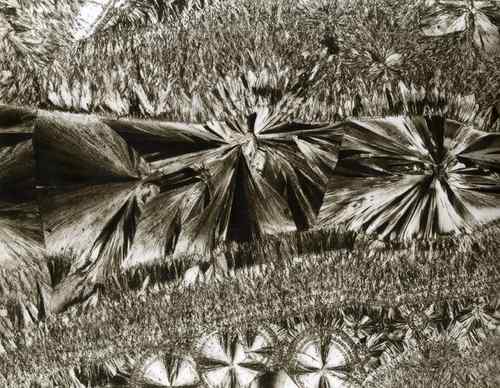





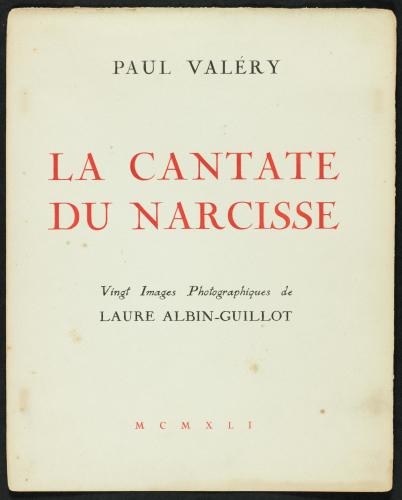









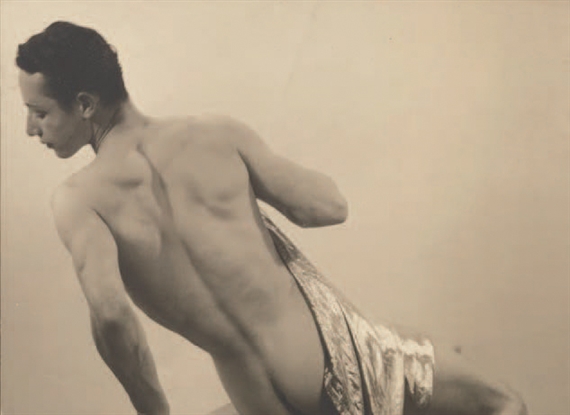







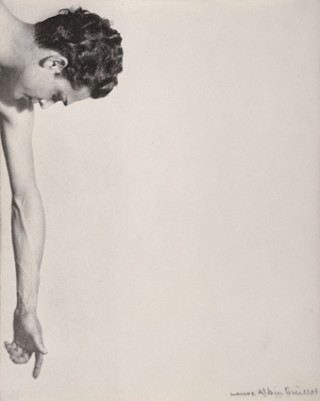





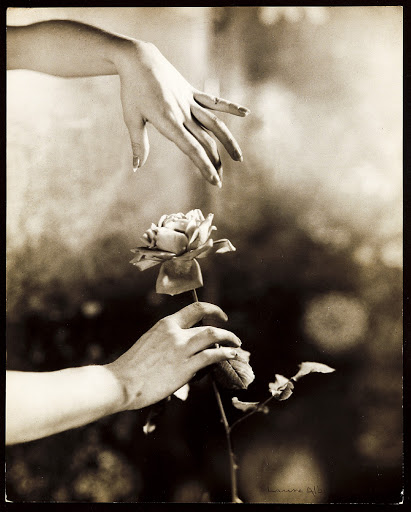



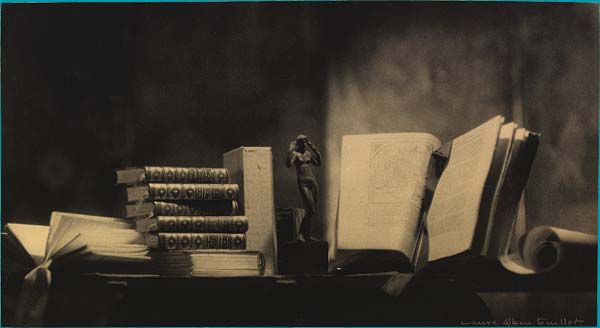







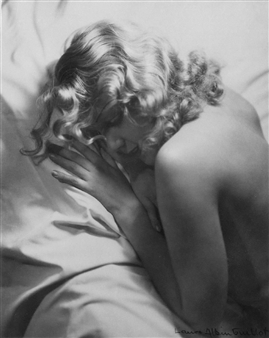























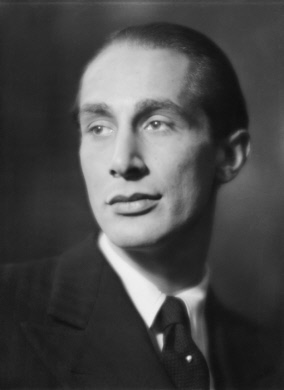







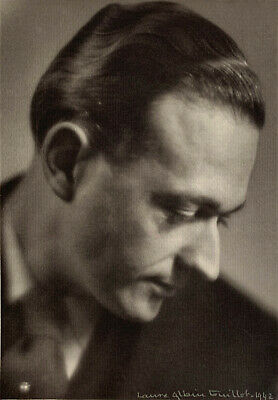





























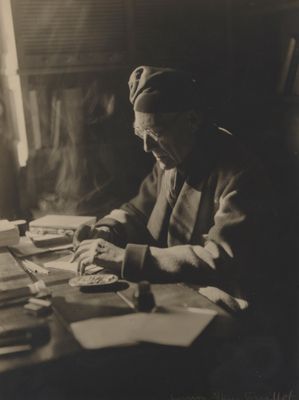











































































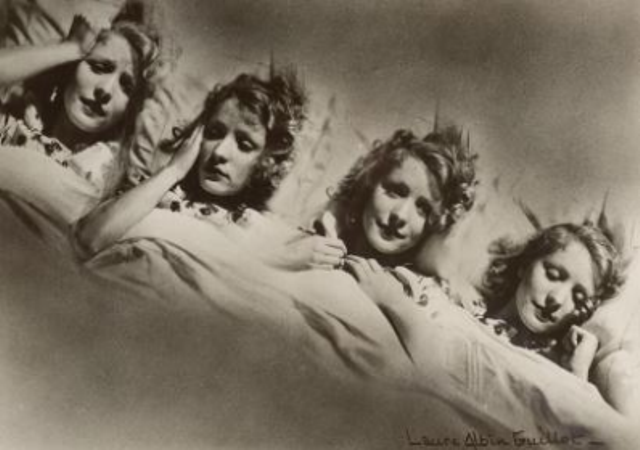













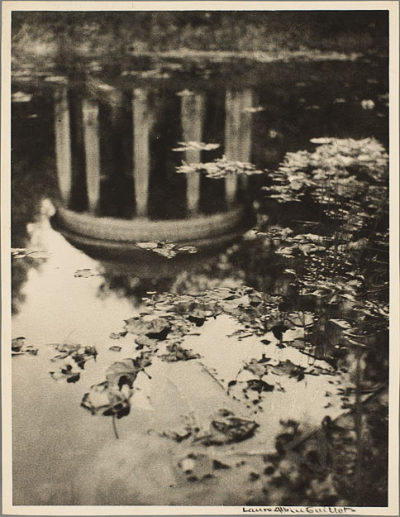



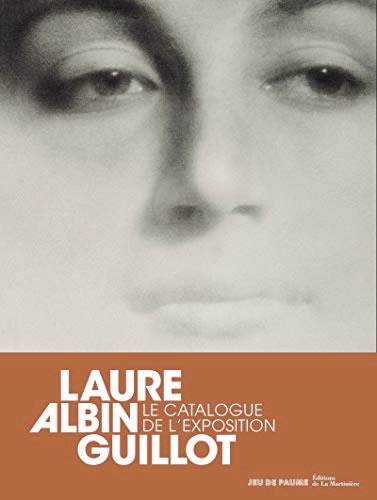


コメント